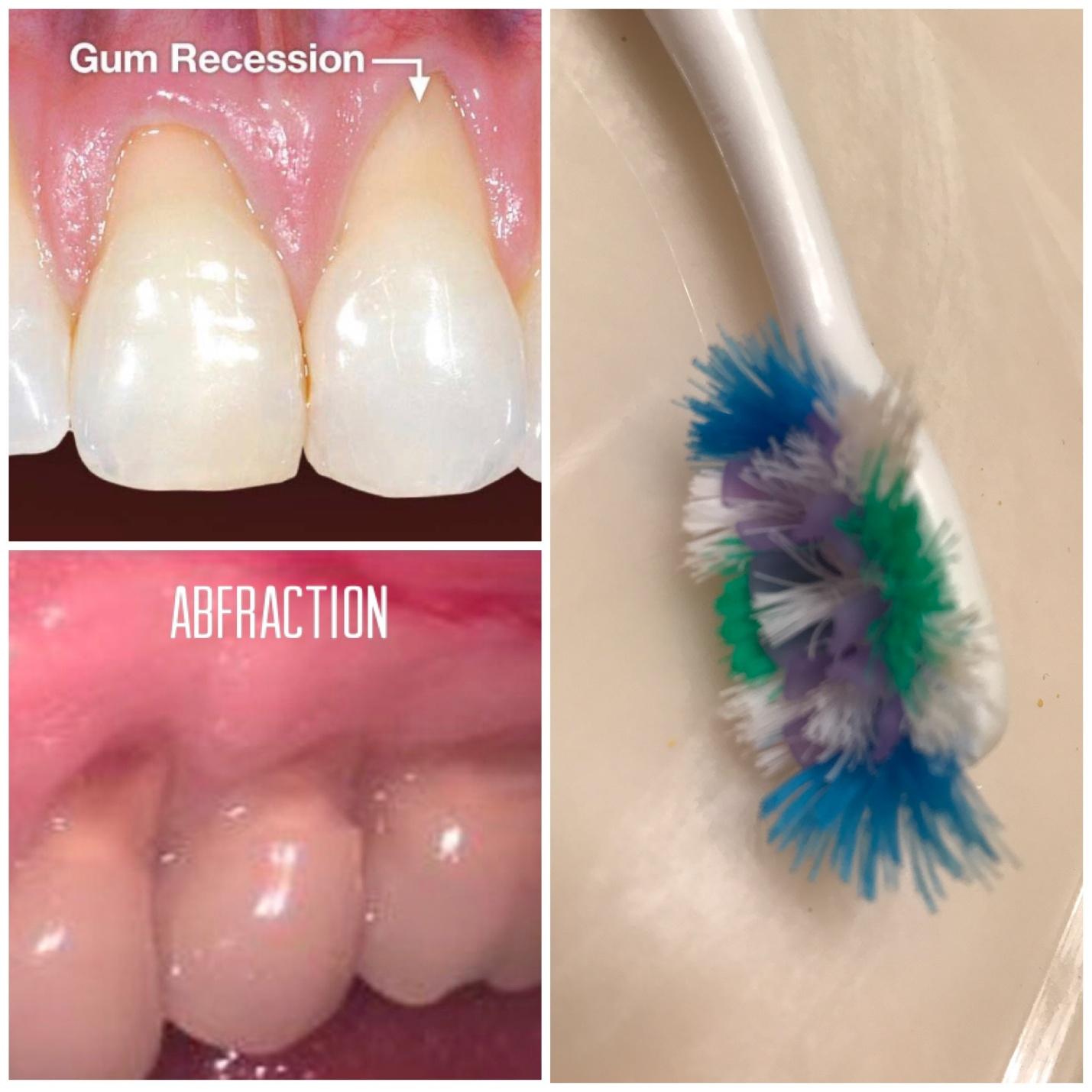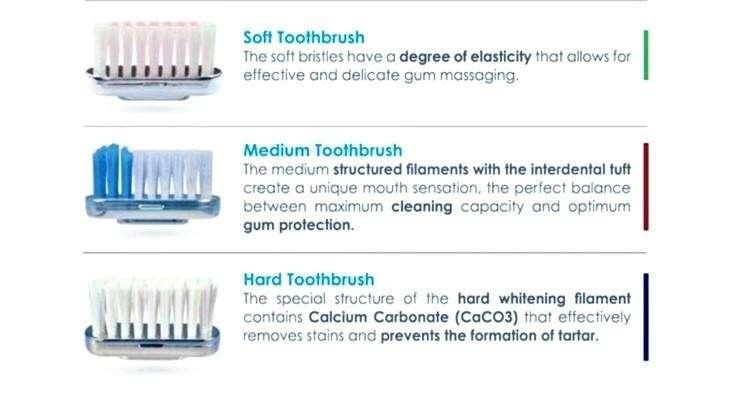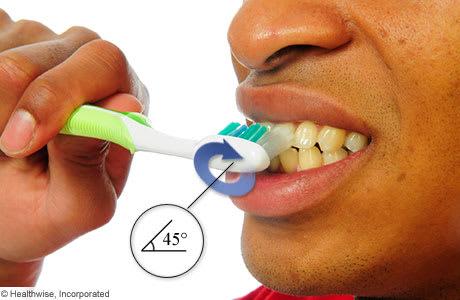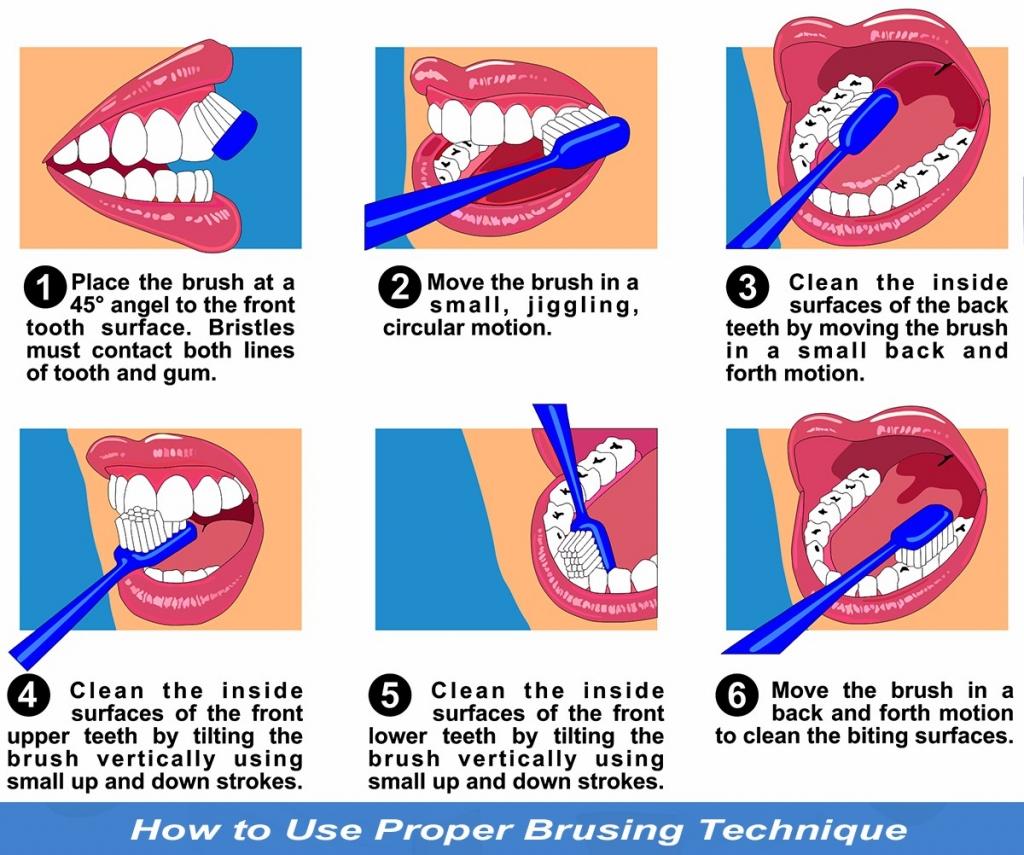Properly aligned teeth not only give you a beautiful smile, but they can significantly improve your overall dental health.
(416) 481-7887Brushing your teeth is something you’ve done your entire life, so it’s easy to assume you’re doing it correctly. But many people make small brushing mistakes every day that slowly damage their enamel, irritate their gums, and increase the risk of cavities and gum disease.
At Midtown Dental Studio, we see these issues all the time during hygiene appointments. The good news? Most brushing mistakes are easy to fix once you know what to avoid.
Below are the 10 most common brushing mistakes, why they’re harmful, and the proper technique recommended by dental professionals.


Many people believe that brushing harder means brushing better, but the opposite is true. When you apply too much pressure, the toothbrush bristles turn into tiny “sandpaper scrapers” that wear away your tooth structure.
What brushing too hard can cause:
Hard brushing is one of the top reasons people develop sensitivity in their 20s–40s.
How to fix brushing too hard:

Hard or medium-bristle brushes used to be common, but research clearly shows they can wear down enamel and damage your gums.
The best choice today? Ideally an electric toothbrush. A soft-bristle toothbrush is also good.
Electric brushes:
If you prefer manual, stick with soft or ultra-soft bristles only.
When you eat acidic foods (citrus, tomatoes, soda, wine, vinegar, berries), your enamel becomes temporarily softened. Brushing right after can push acid deeper into the enamel, causing erosion.
Foods/drinks to be careful with:
What to do instead: Wait 20–30 minutes before brushing. Rinse with water right after eating to neutralize acids.
Most people brush for 30–45 seconds — less than half of the recommended time. Two minutes is the gold standard because it ensures:
Pro tip: Use an electric brush with a built-in timer or play a 2-minute song.


The gumline is the area where plaque and bacteria accumulate the most, and it’s the #1 place people miss. If plaque stays here too long, it leads to:
Correct technique: Hold your toothbrush at a 45° angle toward the gums and gently sweep:
Use small circular motions to disrupt plaque. You’re not just brushing the teeth — you’re brushing the junction between the teeth and gums.
Once bristles bend outward, they can no longer effectively clean your teeth — especially around the gumline.
A worn brush:
Replace your toothbrush or brush head:
Electric toothbrush heads also require regular replacement to stay effective.
It’s easy to focus on the teeth you see when you smile, but neglecting the inner surfaces, back molars, and tongue-side of front teeth allows plaque to build up in the areas most prone to cavities and tartar.
Make sure you brush:
Your tongue traps food debris and bacteria in hundreds of microscopic grooves. If you skip it, you may experience bad breath, a coated tongue, and persistent taste issues.
Solution: Use your toothbrush or a tongue scraper and clean from back to front. This removes bacteria responsible for odor and improves freshness.
Brushing your teeth like you’re cleaning a countertop doesn’t work — and actually leads to more harm than good.
Horizontal scrubbing:
Best method: Big circular motions on outer surfaces, and vertical sweeps on inner surfaces. Think gentle and controlled, not rough or rushed.
Fluoride is one of the most researched and proven materials in dentistry. It helps:
Skipping it removes a powerful layer of protection — especially important in a city like Toronto, where diet and lifestyle are high in acids and sugar.
Choose a toothpaste that contains:



Here’s the dentist & hygienist approved method we teach patients at Midtown Dental Studio:
Following this method helps reduce gum inflammation, prevent enamel wear, and maintain a fresh, healthy smile.
If you’re unsure about your brushing technique, our hygienists and dentists can show you exactly what to improve personalized for your mouth, gum health, and enamel condition.
📍 Midtown Dental Studio — Yonge & Eglinton
📞 416-481-7887